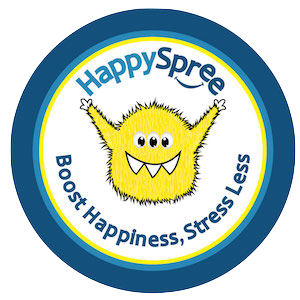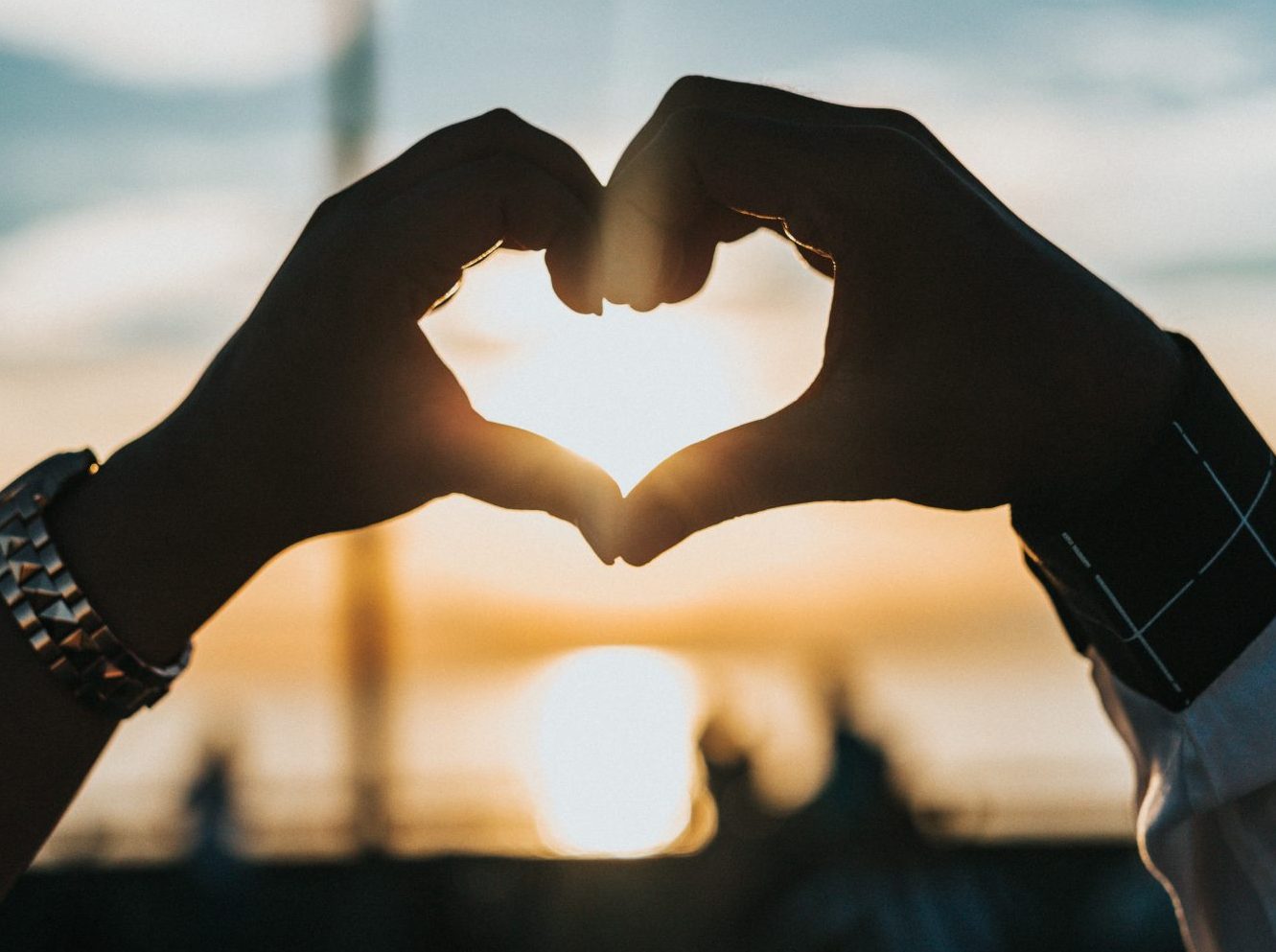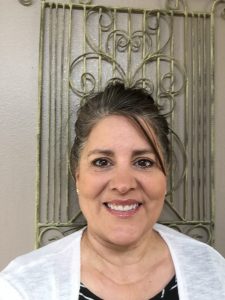Positive Psychology superstar, Professor Barbara Fredrikson (University of North Carolina at Chapel Hill); has discovered how to make love all day long, without getting arrested or exhausted. Surprisingly, her innovative definition of “making love” means choosing to create big and small pleasures through human connections. This means we “make love” when we hug our best friend, or savor dinner out with our significant other, or smile at someone’s baby.
Although this means we need to take risks, such as possible rejection when reaching out, Fredrikson’s research proves the results are worth it. In fact, creating pleasures, like smiling at a baby, stimulates our vagus nerve, which connects our mind with our heart. This results in positive health impacts, both for the person we interact with, and for us too. Also this type of lovemaking doesn’t require a significant other.
Indeed, Fredrikson states that 50% of adults haven’t found their romantic love or have lost this person.

“Valentines stinks,” said my son last week. He’s not currently in a relationship, so that means he misses out on this holiday and other romantic occasions, and so do the other half of all adults. But Fredrikson’s lovemaking definition provides everyone with opportunities for pleasure, whether single, married or in between. I’m in love with her concept and I wanted to try it.
But could I do it … make love all day?
We shall see.
I started out the next morning making an omelette for my fiance. He almost fell out of chair in surprise, but a few minutes later he dug in with a smile. Instead of rushing our morning, as usual, we lit a candle and enjoyed our meal, making eye contact and planning for a fun Saturday ski date. I felt a rush of happiness. Just wow.
Later that day, I stood in line at a bakery. An elderly man in front of me looked stressed and couldn’t decide what to order for a his grandson’s team celebration. On another day, I might have felt impatient with this delay; but instead I said, “Have you tried the white chocolate mini-eclairs? They’re delicious!”
“Are they?” he asked.
“Yes let me treat you to one. The kids will love them.” He looked shocked. I smiled, ordering two mini-eclairs (a mini-expense that wouldn’t change my lifestyle), and we stepped out of line to sample them. It turned out he was bringing dessert to the lacrosse team dinner. “My son will be at that dinner!” I laughed, our big lonely world suddenly small and friendly, as we rehashed team victories.
So, here I was, making love with a stranger in public. Don’t worry, no police were needed. On my way out of the store, I smiled at a cute baby wearing a pink hat. The baby smiled back, love at first sight.
That night, my teenage daughter ran across our snowy yard to hug my neighbor, who was struggling through a divorce. Impulsively, I followed my daughter’s lead, and the three of us group hugged, laughing and swaying from side-to-side. When I stepped back, I noticed my neighbor’s tears.
“Thank you,” she said wiping her eyes and smiling. “That’s the first human touch I’ve felt in weeks.”
So this one-day experiment expanded to brighten my future. I’m now an impromptu hugger and a baby-smiler. Plus, I offer to take photos for strangers, so everyone can be in the picture. Surprisingly, I found my dog-sitter this way … I offered to take a photo of a young girl struggling to snap a selfie with her dog. We got talking, and now I don’t have to worry about who will care for my dog when I travel.
These tiny reach-outs have created new friendships and filled my heart with warmth and positivity. Thank you, Dr. Fredrikson, for rethinking love and giving us so many more opportunities than we had before. I love making love all day. I highly recommend it.
Do you agree with Dr. Fredrikson’s new definition of making love? Please comment, like and share …



